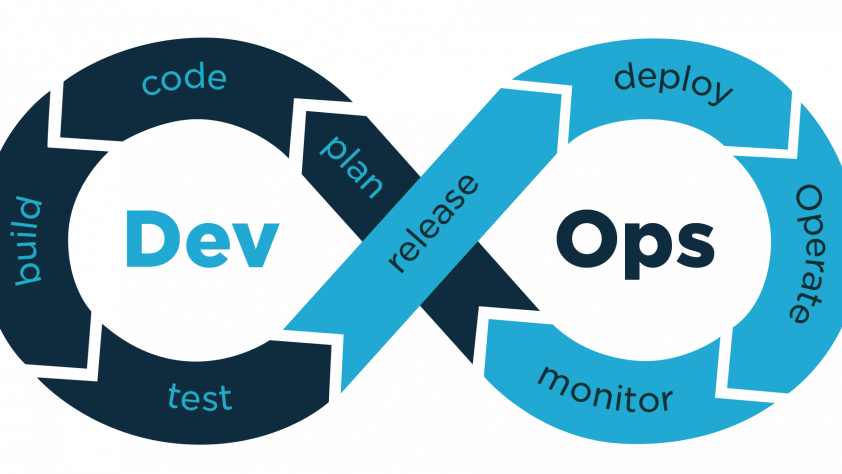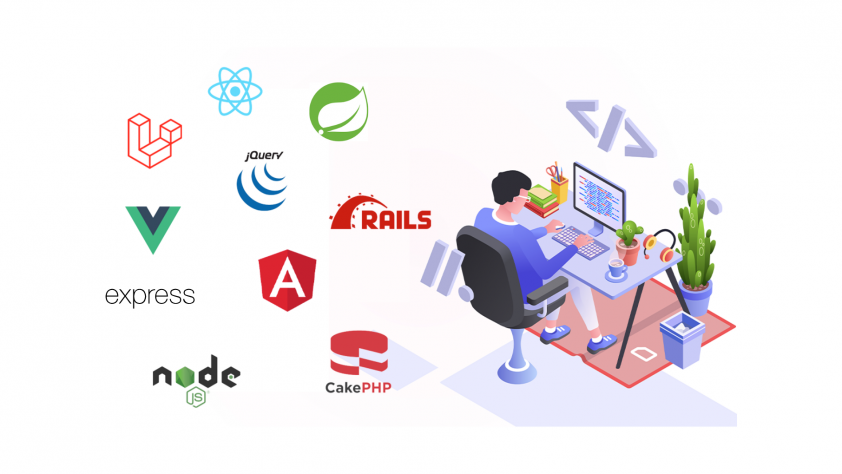In the ever-evolving world of e-commerce, web design plays a pivotal role in shaping the online shopping experience. With consumers demanding seamless, intuitive, and visually appealing websites, it’s crucial for e-commerce businesses to stay ahead of the curve. This guide explores the latest e-commerce web design trends that are enhancing online shopping experiences and driving conversions.
E-commerce Web Design Trends
1. One-Click Shopping
Streamlining the checkout process has always been a priority, and the one-click shopping trend takes it to the next level. Made popular by industry giants like Amazon, this feature allows customers to make a purchase with a single click, without the need to navigate through multiple screens. It reduces friction and significantly improves the user experience, leading to higher conversion rates and increased customer satisfaction.
Implementation Tip:
Implement one-click shopping by securely storing customer payment and shipping information, enabling them to complete purchases in a matter of seconds.
2. Personalized Recommendations
Personalization is a key driver of e-commerce success. By leveraging AI and machine learning algorithms, e-commerce websites can analyze customer behavior and preferences to provide highly personalized product recommendations. These recommendations can be displayed on the homepage, product pages, or in dedicated recommendation sections, encouraging customers to explore additional products they might be interested in.
Implementation Tip:
Integrate a recommendation engine that considers browsing history, purchase history, and real-time user behavior to generate personalized product suggestions.
3. Virtual Try-Ons
For industries like fashion and cosmetics, the ability to try before you buy is essential. Virtual try-ons use augmented reality (AR) technology to allow customers to visualize how a product will look on them. This trend not only enhances the shopping experience but also reduces the rate of returns and boosts customer confidence in their purchase decisions.
Implementation Tip:
Develop AR features that let customers virtually try on clothing, accessories, or makeup in real-time, either through a mobile app or a web-based tool.
4. Mobile-First Design
As mobile shopping continues to rise, adopting a mobile-first approach to web design is paramount. Ensure that your e-commerce website is fully responsive, offering an intuitive and optimized experience on smartphones and tablets. This includes touch-friendly navigation, simplified checkout processes, and fast-loading pages.
Implementation Tip:
Regularly test your website’s mobile responsiveness and performance, focusing on reducing page load times and ensuring smooth navigation on smaller screens.
5. Voice Search Integration
With the proliferation of voice-activated devices like Amazon Echo and Google Home, voice search is becoming a prevalent method for online product searches. E-commerce websites can integrate voice search functionality to cater to this growing trend. Users can simply speak their queries, making it easier and more convenient to find products.
Implementation Tip:
Implement voice search using natural language processing (NLP) to accurately interpret spoken queries and return relevant search results.
6. Sustainability and Eco-Friendly Design
Consumers are increasingly conscious of environmental issues, and this awareness extends to their shopping choices. E-commerce websites can appeal to environmentally conscious shoppers by incorporating sustainability into their design. This includes using eco-friendly packaging, highlighting sustainable products, and conveying a commitment to reducing carbon footprints.
Implementation Tip:
Showcase your sustainability efforts prominently on your website, detailing eco-friendly practices and product offerings.
7. Live Chat and Chatbots
Customer support is a critical component of the online shopping experience. Live chat and AI-powered chatbots offer real-time assistance to customers, answering questions, providing product recommendations, and addressing concerns. They enhance customer engagement and can significantly improve conversion rates.
Implementation Tip:
Integrate live chat or chatbot functionality, and ensure they are available 24/7 to assist customers at any time.
In conclusion, e-commerce web design trends are continuously evolving to meet the changing expectations and preferences of online shoppers. By incorporating these trends, e-commerce businesses can create user-friendly, engaging, and efficient websites that not only attract visitors but also drive conversions and foster customer loyalty. Staying attuned to these trends and adapting your web design accordingly can give your e-commerce business a competitive edge in the digital marketplace.



